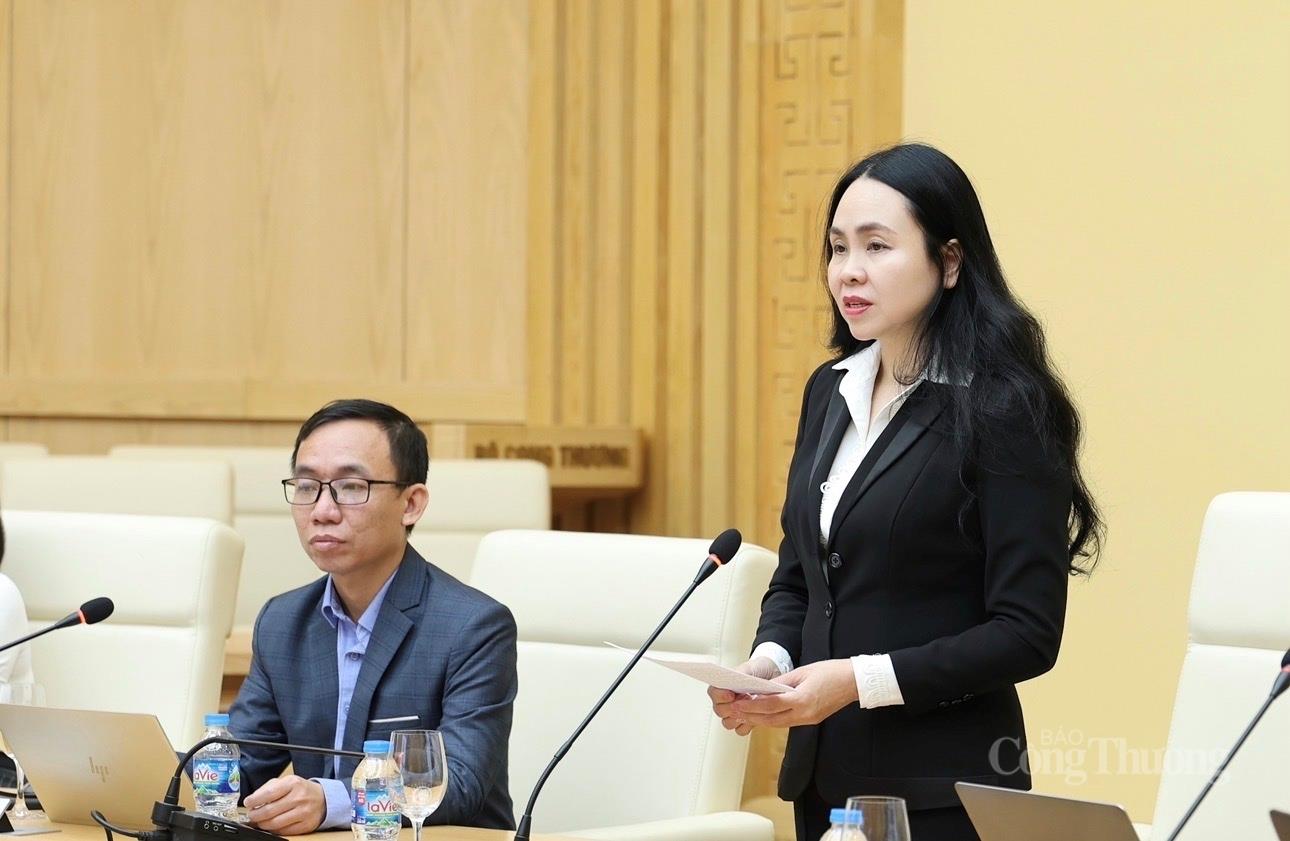
MoIT trains nationwide rollout of centralized public service system
19:05 | 23/03/2025 17:49 | 18/12/2025News and Events
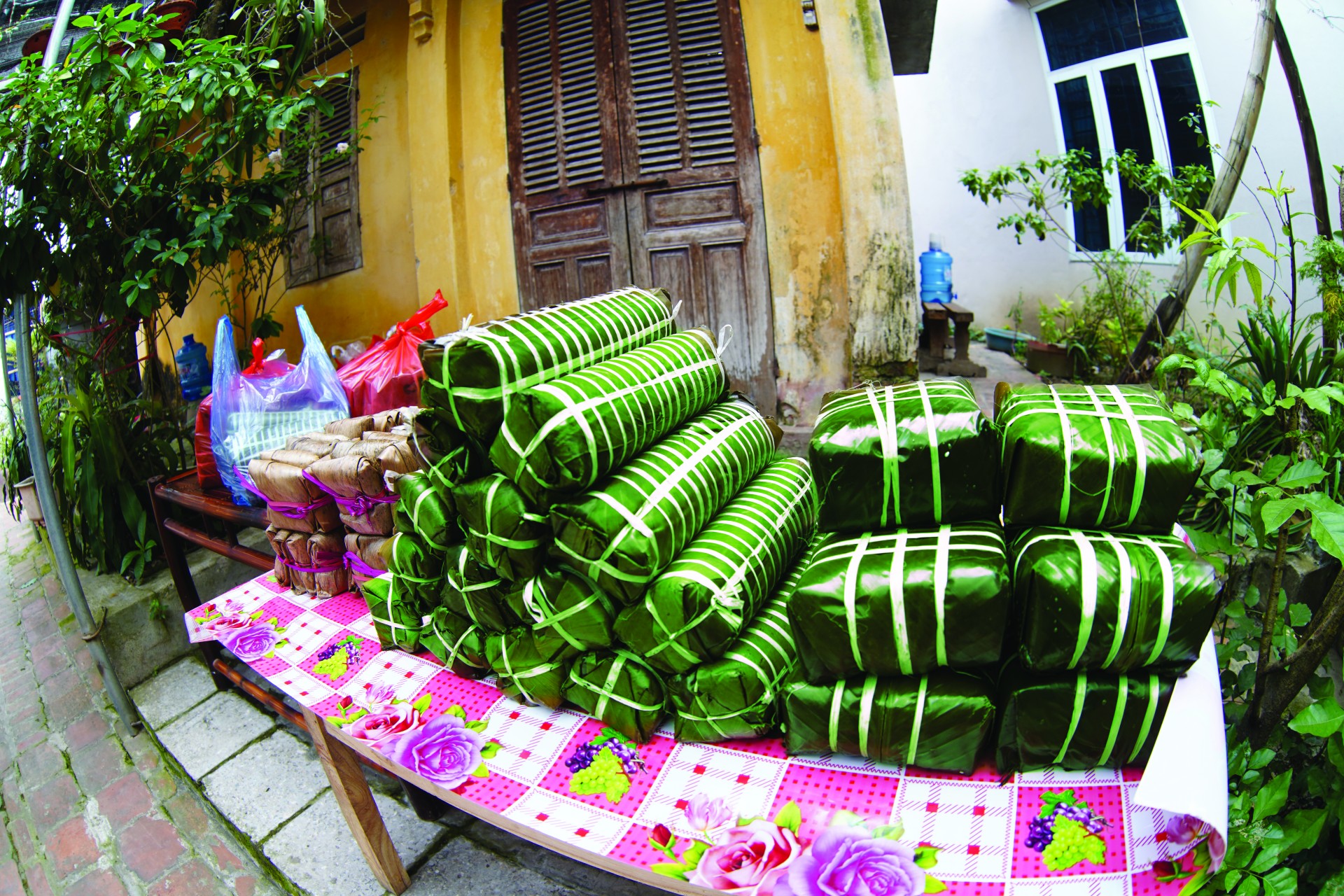 |
According to artisan Nguyen Van Ngai from Hung Lo Commune in Phu Tho Province’s Viet Tri City, banh chung is made of sticky rice, pork and green beans, with every ingredient wrapped in large green leaves called “la dong” (Phrynium placentarium leaf). Making banh chung requires care and precision at every step. Rice and green beans are soaked in water for a day, while pork is usually mixed with pepper for several hours before being wrapped. Squaring off and tying the cake with bamboo strings require skillful hands to form a perfect square.
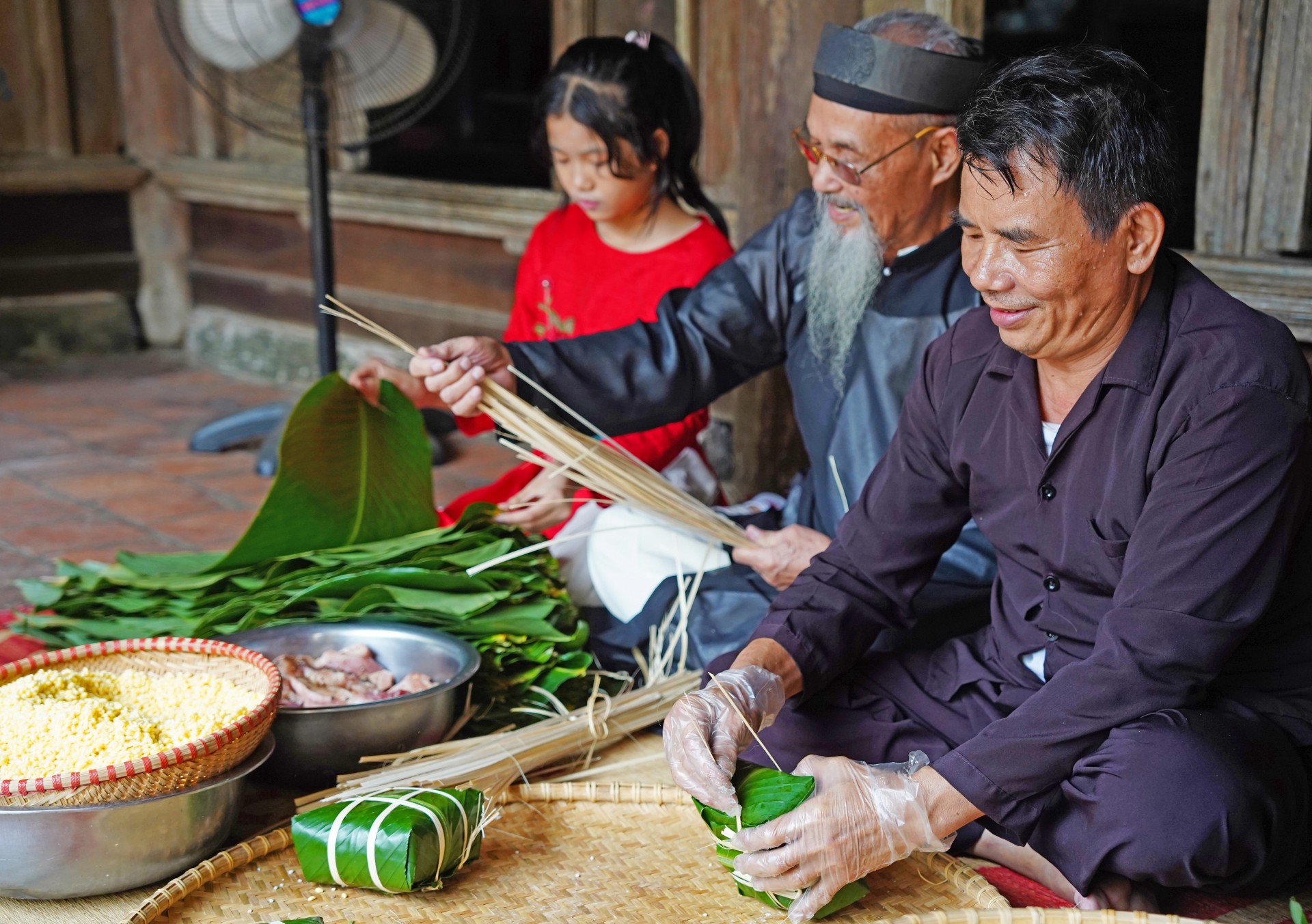 |
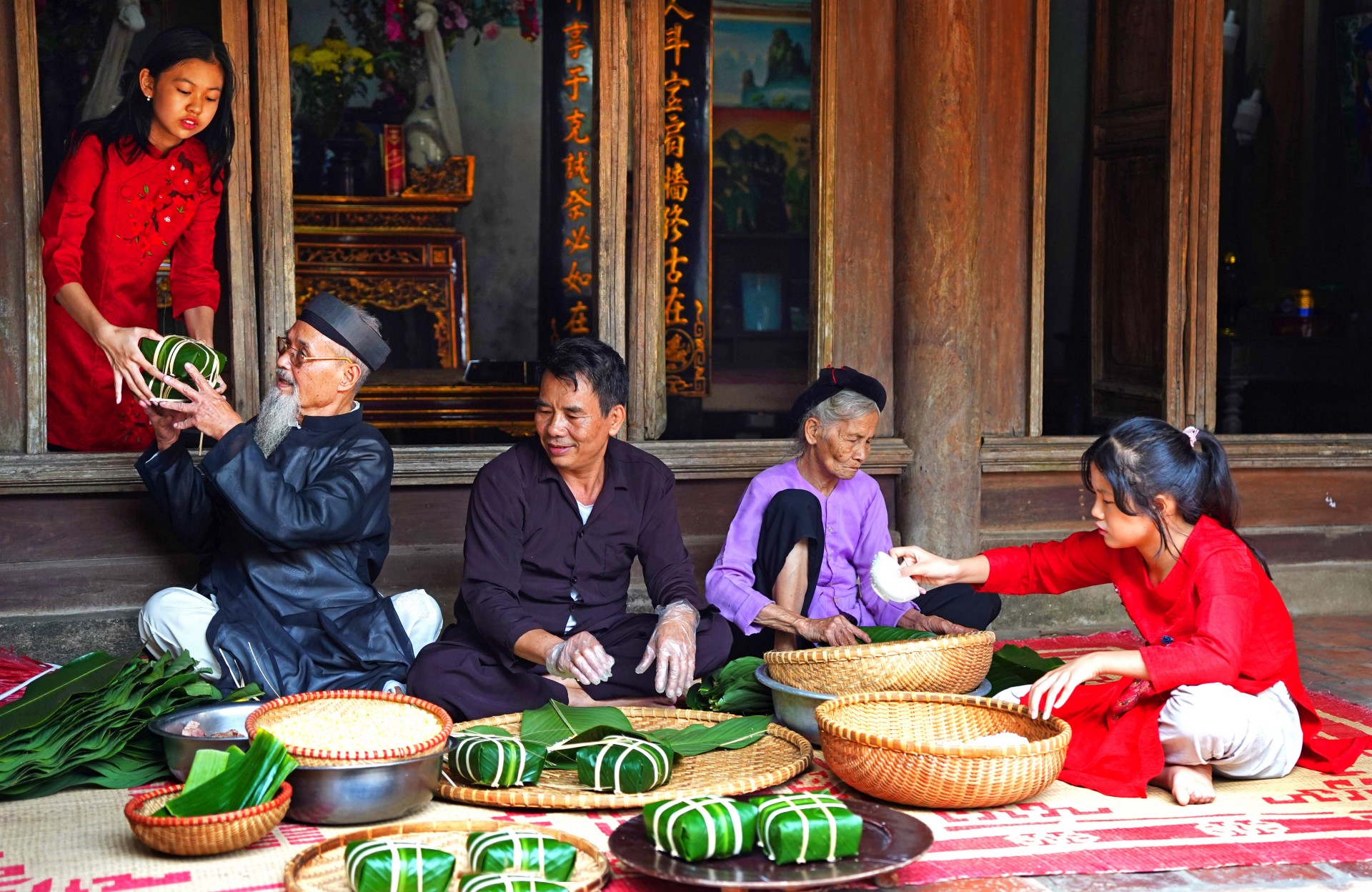 |
Banh chung was invented by Prince Lang Lieu, the 18th son of the Hung Emperor, as an offering to the king’s ancestors during Tet. According to legend, around 4,000 years ago, the Prince made round and square cakes, the round cake symbolizing the sky and the square banh chung or chung cake symbolizing the earth, which in ancient times was believed to be square.
Since the cakes he offered were of special meaning and delicious taste, Lang Lieu’s father chose him as the next emperor. Since then, banh chung has been placed on every Vietnamese family’s altar to worship ancestors.
The preparation of chung cake provides an opportunity for family members to come together, sitting around a warm fire, recounting stories of the past and exchanging wishes for health and prosperity. In big cities, although the habit of extensive cake preparations has died out with the shift to urban life and busy lifestyles, ancestor worship and cake offerings persist, evidence of the Vietnamese loyalty and deep gratitude to their ancestors.
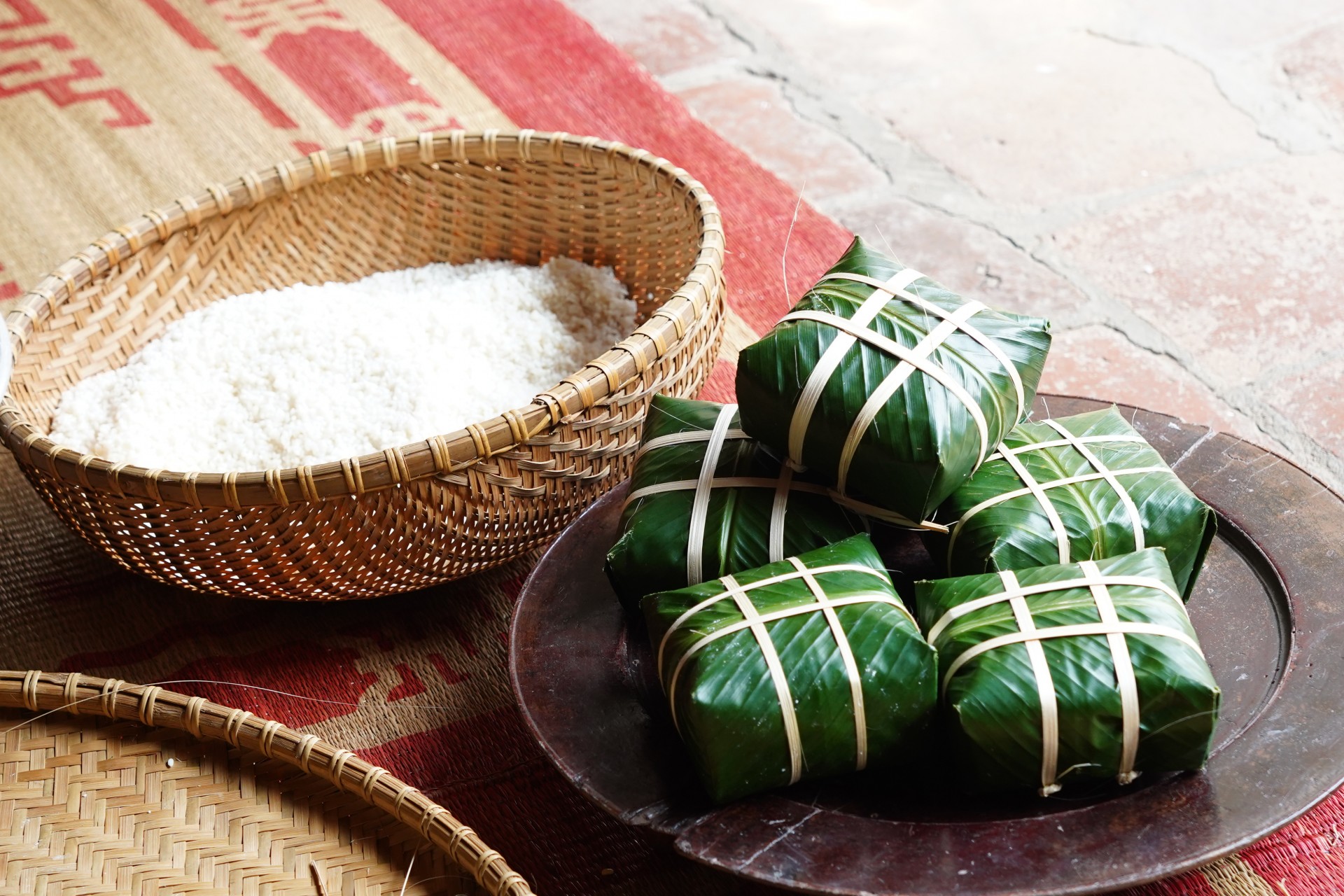 |
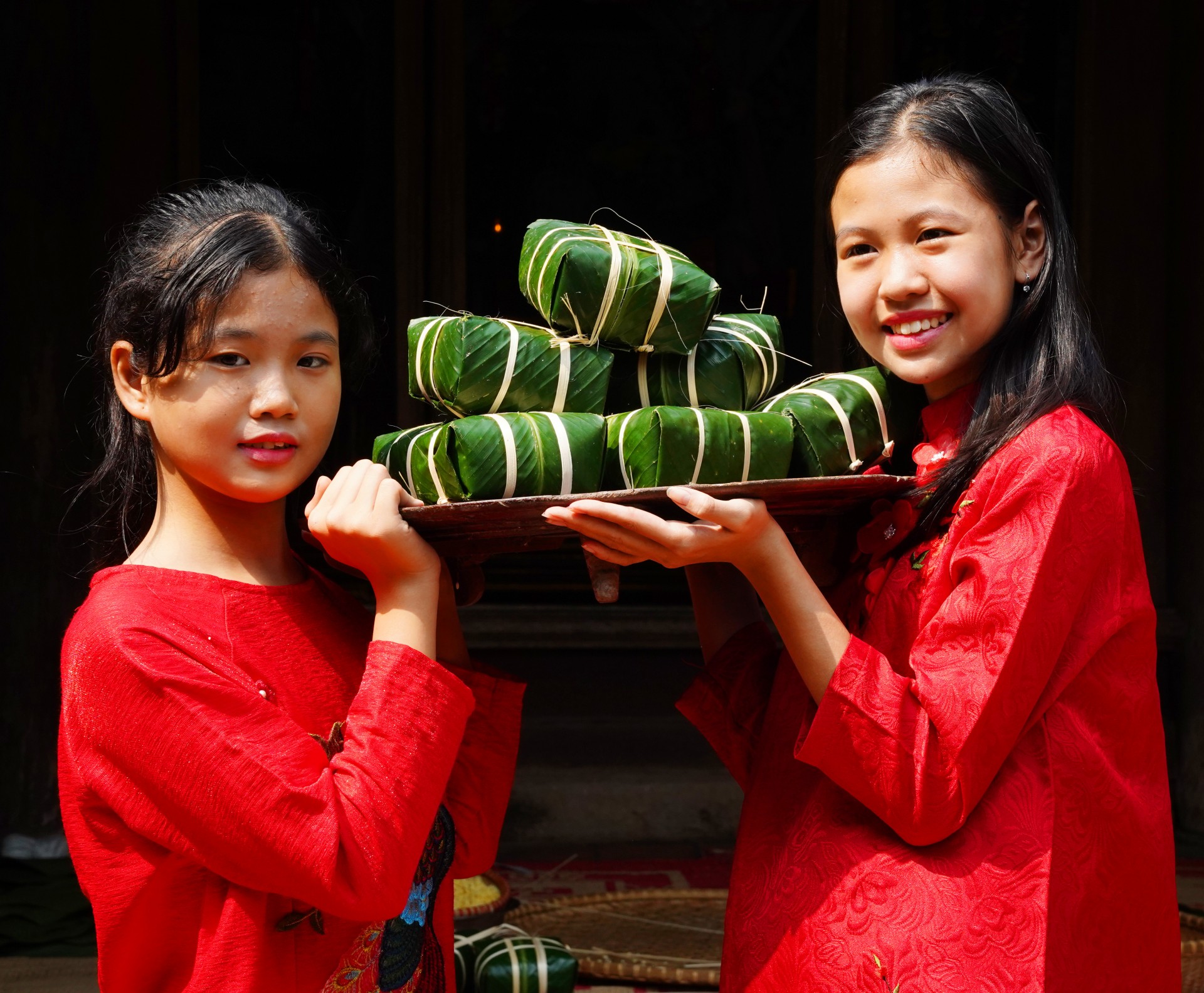 |

19:05 | 23/03/2025 17:49 | 18/12/2025News and Events
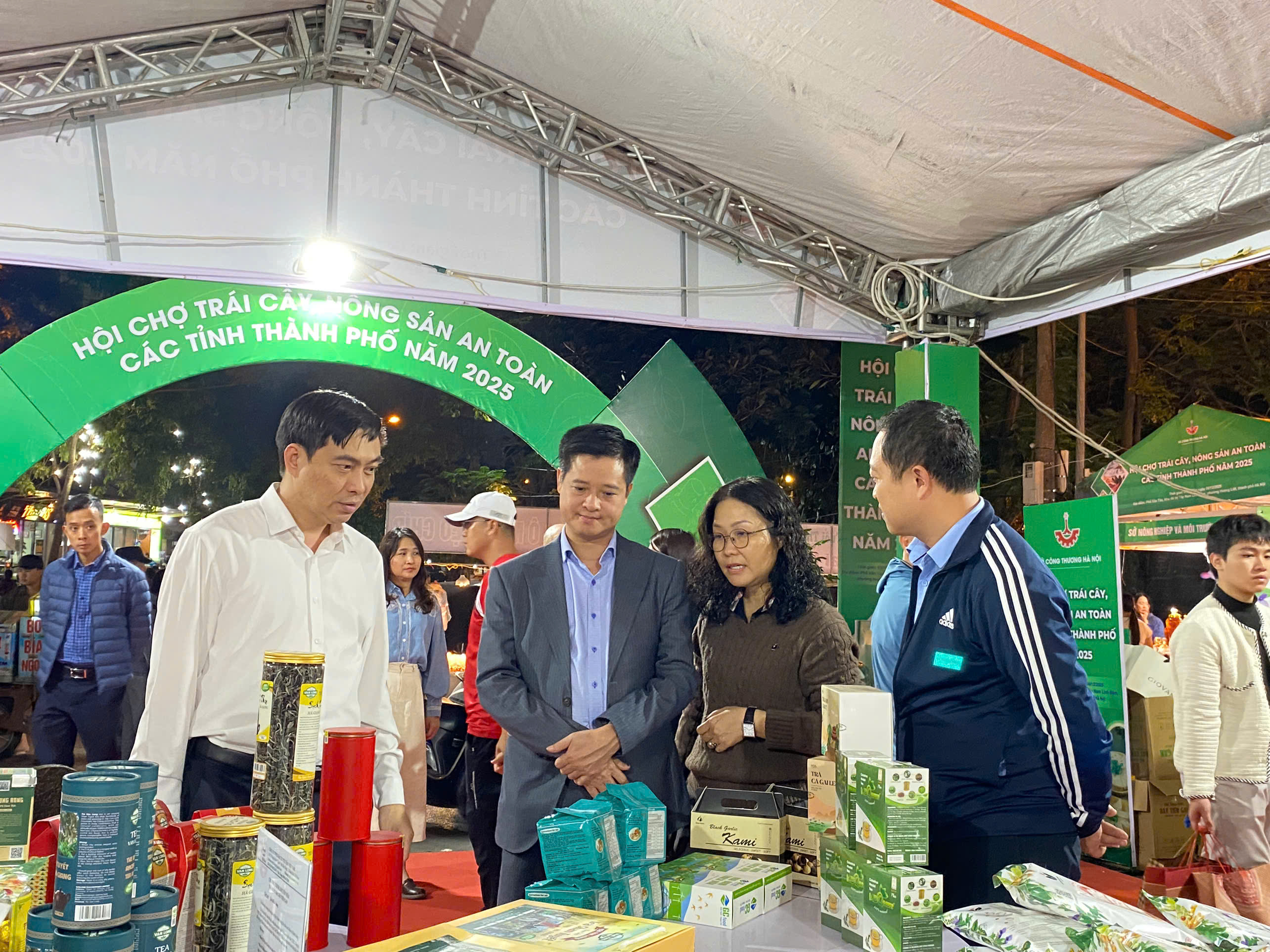
19:05 | 23/03/2025 17:46 | 18/12/2025Trade

19:05 | 23/03/2025 00:05 | 18/12/2025News and Events
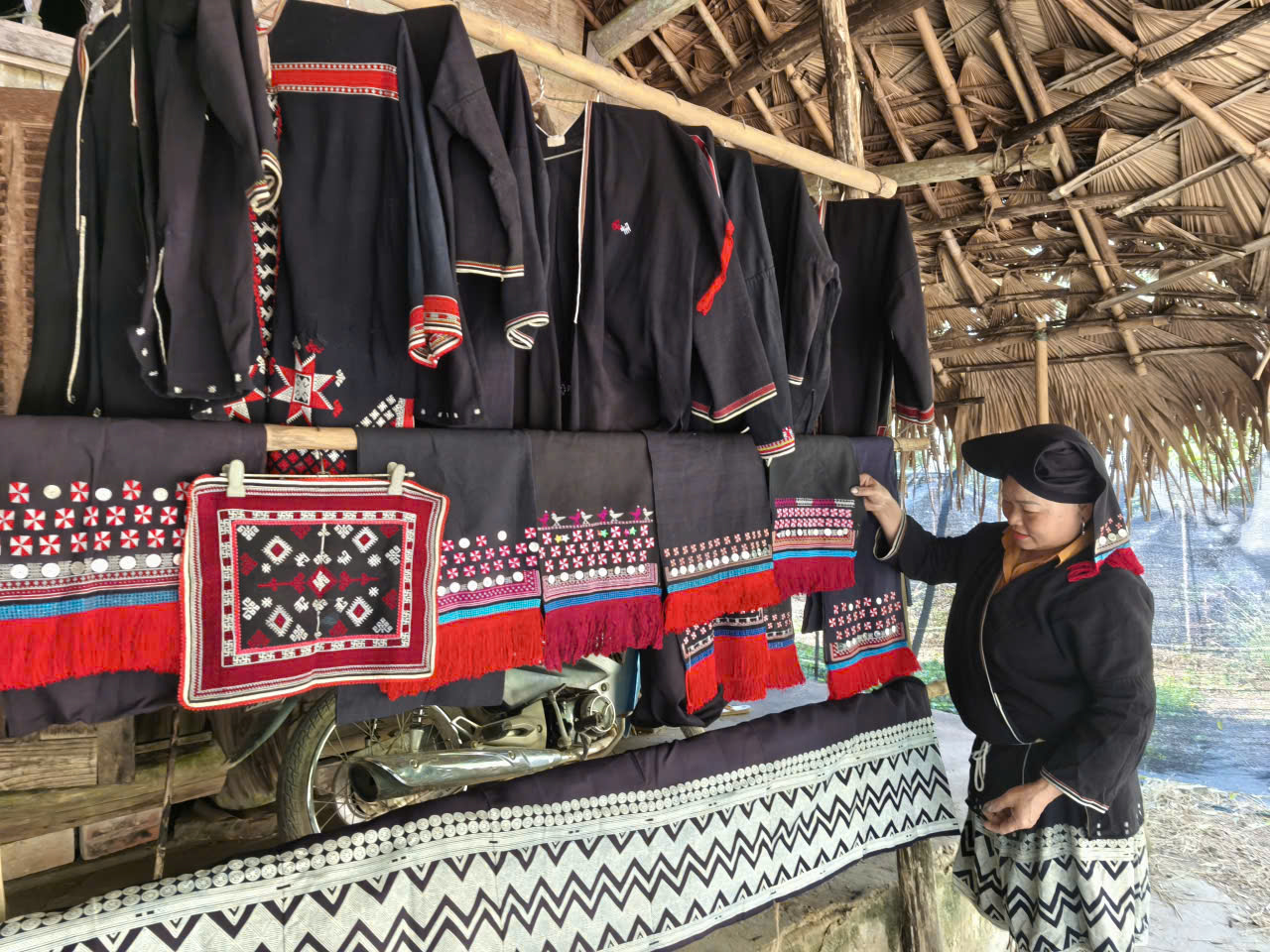
19:05 | 23/03/2025 00:03 | 18/12/2025Tourism

19:05 | 23/03/2025 21:58 | 17/12/2025Industry